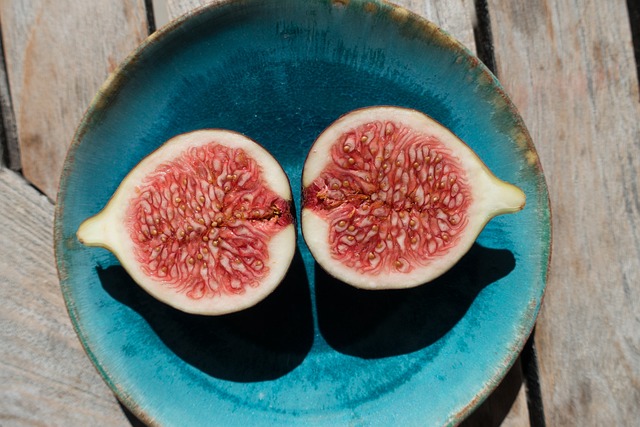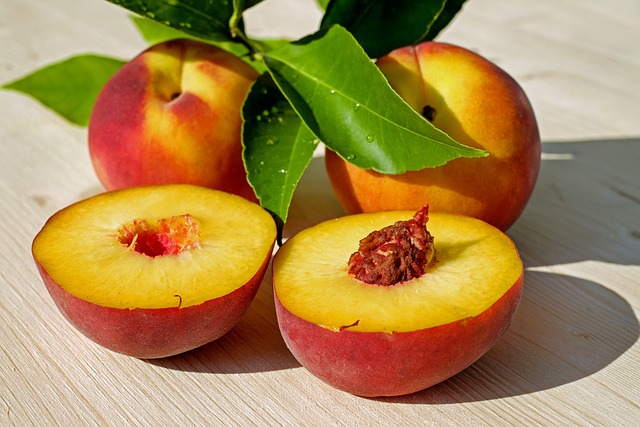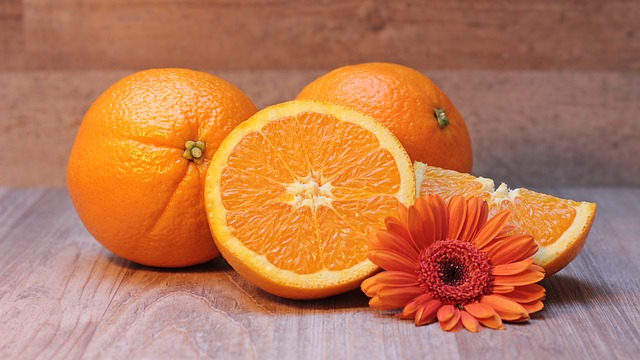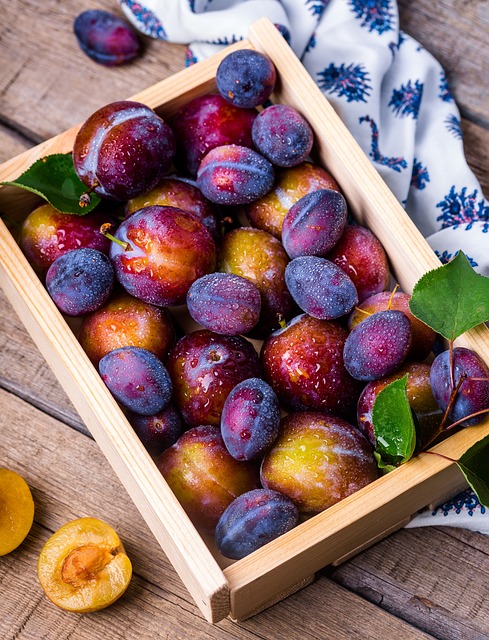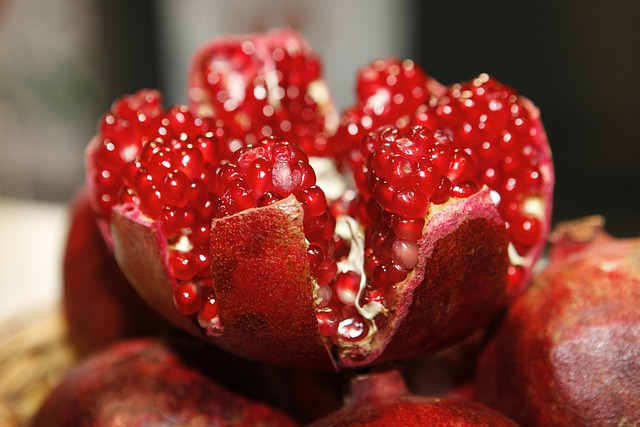From Farm to Fermentation: Exploring the World of Cultured Foods and Probiotics
Probiotics have gained immense popularity in recent years, with more and more people recognizing their potential health benefits. These live bacteria and yeasts are considered “good” for our gut, promoting a healthy digestive system and supporting overall well-being. While they are available in supplement form, many are turning to cultured foods as a natural source of probiotics. In this blog, we will explore the fascinating journey from farm to fermentation, learning about the diverse world of cultured foods and the benefits they offer.
What are Cultured Foods?
Cultured or fermented foods have been a part of various cuisines for centuries. These foods undergo a fermentation process, where bacteria or yeasts convert sugars into acids, alcohol, or gases. This process not only preserves the food but also enhances its flavor and nutritional value. Cultured foods can be made from vegetables, dairy, grains, and even meat.
The Fermentation Process
The process of fermentation involves the growth of beneficial bacteria or yeasts in a controlled environment. These microorganisms consume the sugars present in the food and convert them into organic acids or alcohol. The most common bacteria used in fermentation are lactobacillus and bifidobacterium, which are also among the key probiotics.
Fermentation can occur naturally, thanks to the microorganisms present in the environment, or it can be guided by adding a starter culture. A starter culture provides specific strains of bacteria or yeasts that initiate and speed up the fermentation process. This ensures consistency and desired flavors in the final product.
The Diversity of Cultured Foods
Cultured foods come in a wide array of flavors, textures, and preparation methods. Let’s explore some popular examples:
1. Yogurt
Yogurt is a staple in many households, and for a good reason. Made by fermenting milk with lactic acid bacteria, yogurt provides an excellent source of probiotics. It is rich in calcium, protein, and various vitamins and minerals. Enjoy it plain or combine it with fresh fruits for a healthy and delicious snack.
2. Kimchi
Hailing from Korea, kimchi is a spicy fermented cabbage dish that delivers a punch of flavor. It is made by salting and fermenting cabbage with various seasonings, such as chili powder, garlic, and ginger. Aside from being a probiotic powerhouse, kimchi also contains antioxidants and is rich in vitamins A and C. Add it to stir-fries, sandwiches, or enjoy it as a side dish.
3. Kombucha
Kombucha, a fizzy and tangy drink, has gained a loyal following in recent years. It is made by fermenting sweetened tea with a symbiotic culture of bacteria and yeast (SCOBY). Kombucha is known for its detoxifying properties and potential health benefits, including improved digestion and immune support. Experiment with different flavors and enjoy this refreshing beverage.
4. Miso
Miso, a traditional Japanese seasoning, adds depth and umami to various dishes. It is made by fermenting soybeans with salt, koji (a fungus), and sometimes grains like barley or rice. Miso is not only a source of probiotics but also provides essential amino acids and minerals. Use it in soups, marinades, or dressings for a unique and savory kick.
5. Sauerkraut
Sauerkraut, a popular condiment often associated with German cuisine, is made by finely shredding cabbage and fermenting it with lactic acid bacteria. The fermentation process gives sauerkraut its distinct flavor and tanginess. Apart from being packed with probiotics, sauerkraut is a good source of vitamins C and K and dietary fiber. Add it to hot dogs, sandwiches, or enjoy it as a side dish.
The Benefits of Cultured Foods
Cultured foods offer numerous benefits, primarily due to their probiotic content. These benefits may include:
- Promotion of healthy digestion
- Support for a strong immune system
- Improved nutrient absorption
- Reduc

